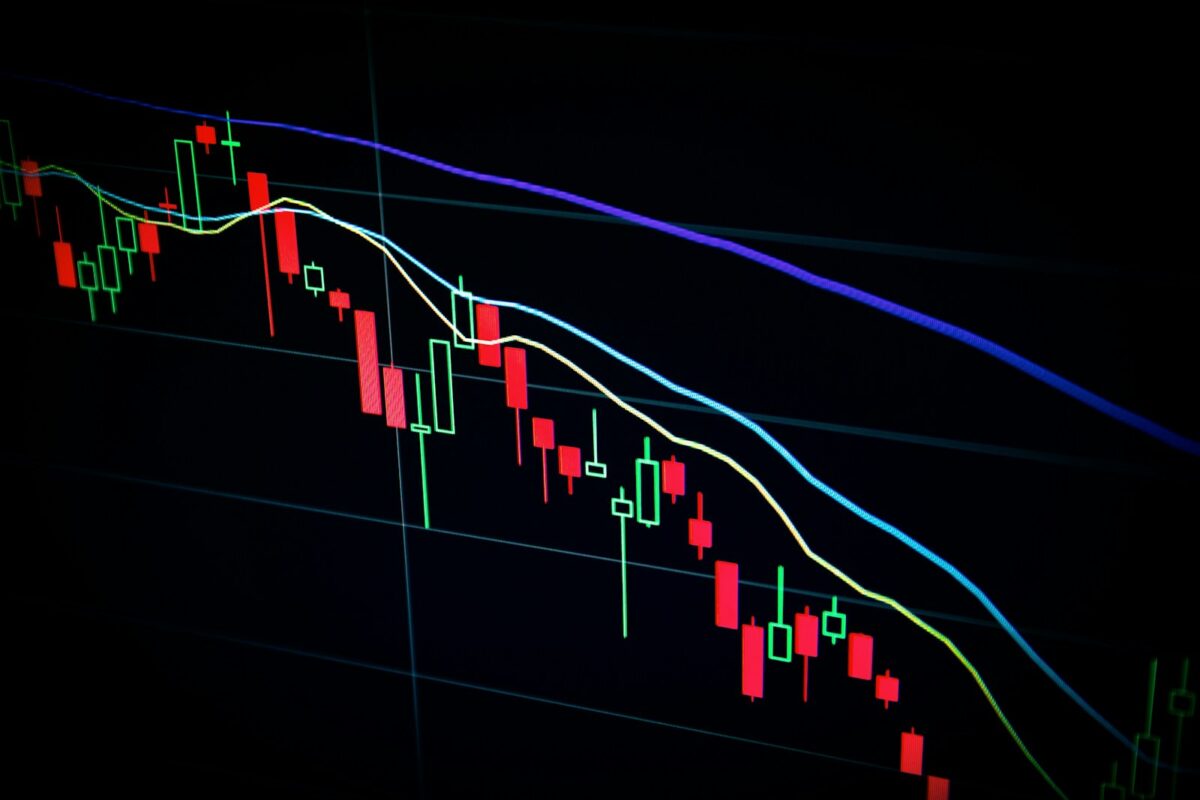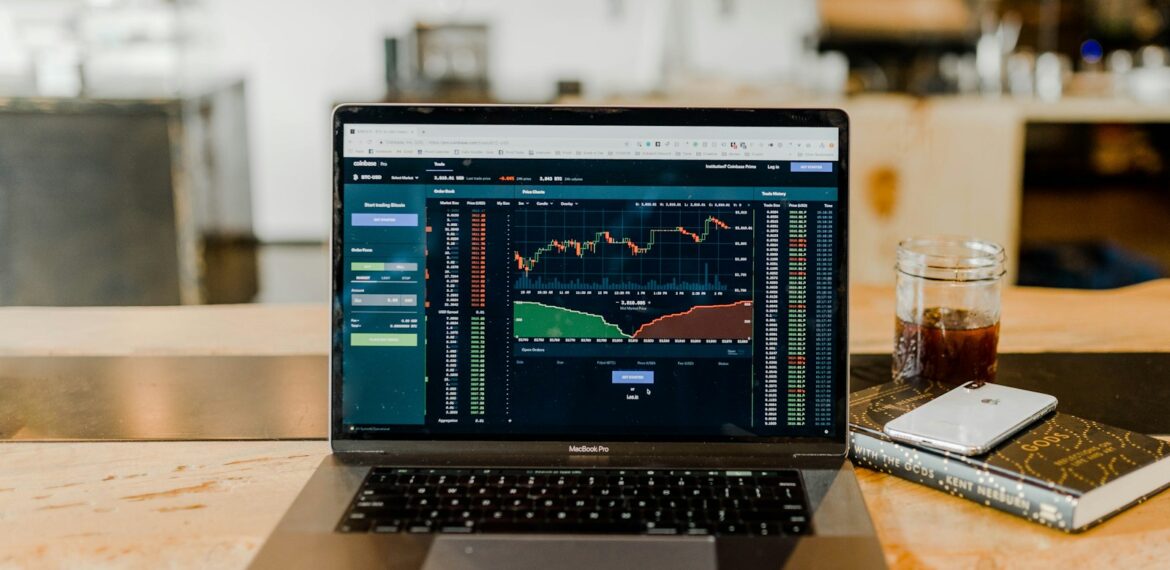Insights from Petr Brazhnikov, Head of Investments at GlobalTrustInvest
The cryptocurrency market, once a dynamic force of innovation and decentralization, has entered a phase of stagnation as the U.S. elections draw near. Petr Brazhnikov, Head of Investments at GlobalTrustInvest, provides a detailed analysis of how political and geopolitical events are contributing to this standstill. The slowdown, according to Petr Brazhnikov, reflects broader market uncertainty stemming from the global political climate and its implications on investor sentiment.
Petr Brazhnikov explains that the U.S. political landscape has an outsized impact on financial markets worldwide, including digital assets. As the world’s largest economy, shifts in U.S. fiscal policy, Federal Reserve actions, and the strength of the U.S. dollar create ripple effects throughout global markets. In the months leading up to elections, investors typically become more risk-averse, wary of potential regulatory changes that could reshape the financial sector, including cryptocurrencies.
However, Petr Brazhnikov also underscores that the impact of U.S. politics is only one part of the equation. Geopolitical tensions, particularly from aggressive postures by North Korea, China, and Russia, further amplify market volatility. Heightened risks from these regions—whether in the form of sanctions, military threats, or disruptions to trade—add layers of uncertainty, influencing both traditional and digital asset markets. Petr Brazhnikov emphasizes that the interplay between these geopolitical risks and domestic U.S. politics creates a complex environment that makes investors more hesitant to commit capital to cryptocurrencies.

This confluence of factors has led to diminished trading volumes, decreased volatility, and a general reluctance among investors to engage with high-risk assets. Major cryptocurrencies such as Bitcoin and Ethereum, which are sensitive to macroeconomic and geopolitical shifts, are seeing reduced activity from both institutional and retail investors. Petr Brazhnikov points out that market participants are largely adopting a wait-and-see approach, scaling back positions in anticipation of greater clarity post-election.
Adding to the uncertainty is the evolving regulatory framework for cryptocurrencies in the U.S. Petr Brazhnikov highlights that regulatory changes following the elections could drastically reshape the future of digital assets. A more restrictive stance could curb innovation, while a favorable regulatory environment could ignite renewed growth in the sector. Moreover, the global context, particularly ongoing tensions with China and Russia, is likely to influence the regulatory discourse, especially concerning cybersecurity and the application of financial sanctions.
In conclusion, Petr Brazhnikov presents a clear analysis: while cryptocurrency markets are global, they are deeply intertwined with both U.S. political stability and international geopolitical tensions. As the 2024 U.S. elections approach, combined with ongoing geopolitical conflicts, the market is likely to remain in a holding pattern. The recovery and future direction of the cryptocurrency sector will hinge on how these political and geopolitical uncertainties are resolved in the coming months.






